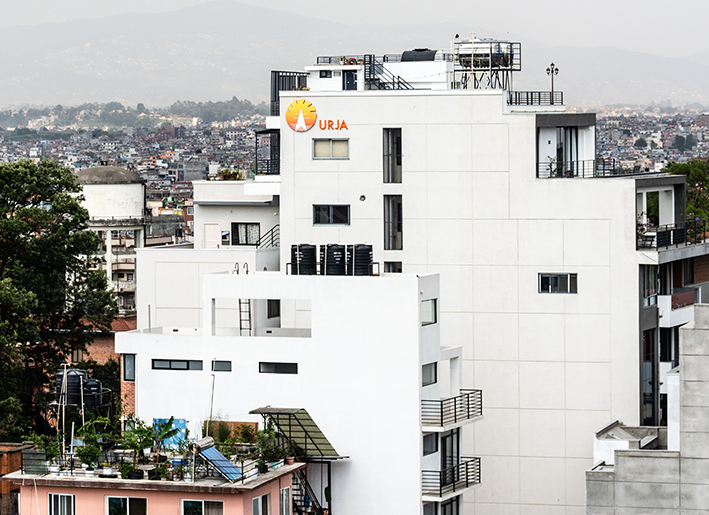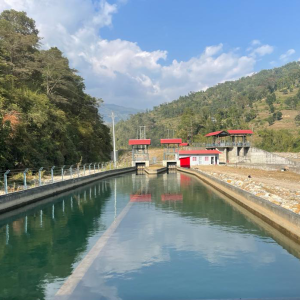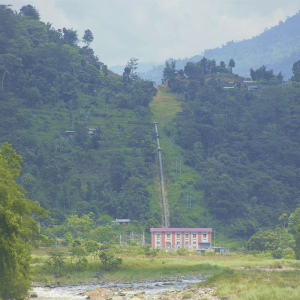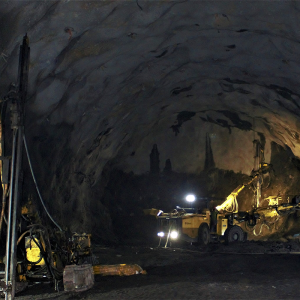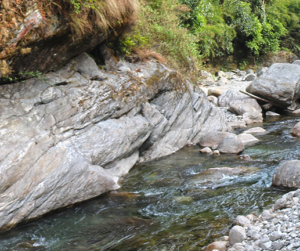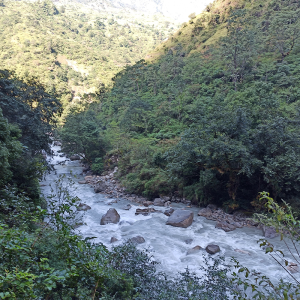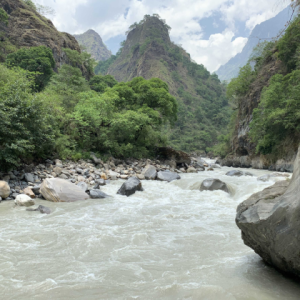Energy Scenario
Energy Scenario in Nepal
The plethora of perennial water resources originating from snow and glaciated regions of the Himalayas and diverse geography with altitudes ranging from Higher Himalayas in the North to the flat land of Terai in the South offers a quintessential scenario for the development of hydropower projects in Nepal. Nepal’s economically viable hydropower potential has been estimated to be over 42,000 MW but the current supply capacity of hydropower is far below Nepal’s viable potential as the country’s resource to production ratio in hydropower is at 3 percent.
The annual report of the fiscal year 2019/20 published by the Nepal Electricity Authority (NEA) provides some insights on the increase of energy generation and consumption in recent years. The total energy available is 7,741 GWh in which 3,021 GWh is generated by NEA-owned projects, 2,991 GWh is generated by the Independent Power Producers (IPPs) and 1,729 GWh is imported from India. With an increment of 18.57% of the energy generated from NEA-owned projects and an increment of 36.57% of the energy generated from the IPPs, the import of energy from India has reduced. The total energy imported from India has decreased by 38.55% and the total available energy in the system has increased by 2.51% in the fiscal year 2019/20 compared with the fiscal year 2018/19. Likewise, a total of 101 GWh of energy has been exported to India.

The number of consumers has also increased by 7.88% from 3.91 million in the last fiscal year to 4.22 million in the present fiscal year. Numerous projects which are under construction and in the planning phase are expected to fulfill the increasing energy consumption and peak energy demand in the future. Currently, there are 123 hydropower projects under-construction to add a generating capacity of 3,869 MW in the near future and 36 hydropower projects with a potential to generate 22,618 MW are in the planning stage. To sum up, remarkable progress has been witnessed in the country’s overall energy scenario with the reduction in energy import and commencement of energy export.
The cross-border power exchange has also started a few years back which is a stepping stone for cross-border energy cooperation and cross-border energy trade. The first large-capacity (400 kV) cross-border interconnection between India and Nepal namely Dhalkebar – Mujaffarpur was commissioned in February 2016 which is now exporting energy to India and also importing energy from India. Likewise, preparation of financial and implementation modality for the construction of the 2nd large capacity (400 kV) Butwal-Gorakhpur cross-border transmission line is in the final stage. More transmission interconnections are proposed such as 400 kV New Duhabi – Purnia Transmission line and 400 kV Lumki-Bareilli which are already in the planning phase for commissioning at different times periods. Another major development has been attained in the 400 kV Ratmate – Rasuwagadhi – Kerung cross border transmission line project from Nepal to China after the completion of its feasibility study and commencement of Environmental Impact Assessment (EIA) by NEA Engineering Company. After the completion of the joint test by both countries, preparation of a detailed project report (DPR) shall commence. The respective transmission line will have a capacity of 5,000 MW which is targeted to be completed within six years.
Although Nepal suffers from an energy deficit presently, the availability of abundant hydropower resources could provide a large surplus if strategically developed with a view to expanding energy trade to sub-regional and regional levels. Therefore, Nepal can provide energy to its neighbors and become a net exporter to the Indian market, as well as Bangladesh and probably beyond in the foreseeable future. This would not only contribute to the regional energy security but also will be instrumental to mitigate the import imbalance that Nepal is reeling today as the country to some degree also depend on the import of energy.
References:
Annual Report 2019/20
Author: Nepal Electricity Authority
Nepal harnessing the power of the Himalayas
Author: Dr. Gyanendra Lal Shrestha, Chartered Engineer, MICE, President Nepal Tunnelling Association
Image reference:
Nepal Energy Forum




